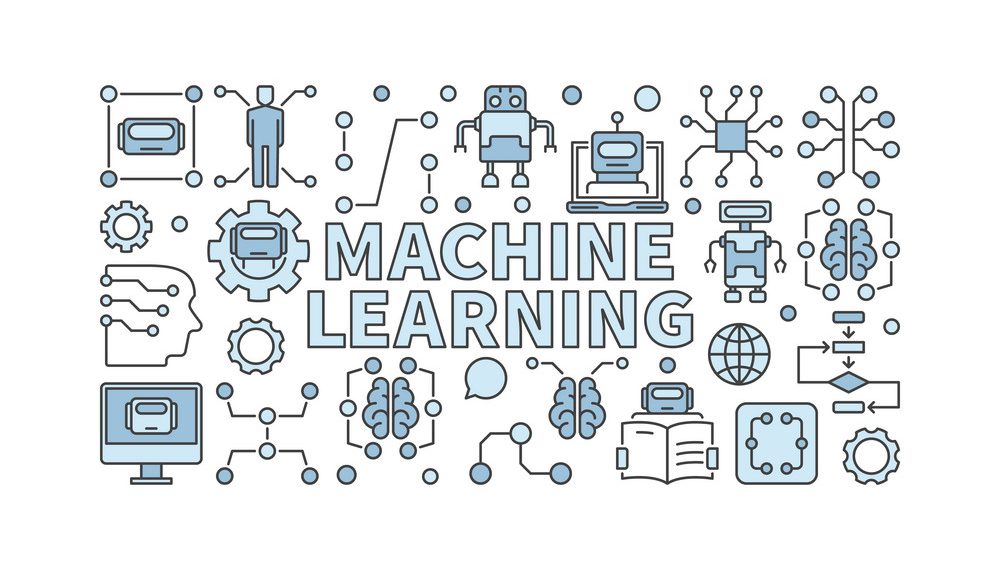Machine learning algorithms form the foundation of AI applications, enabling computers to learn from data and make decisions without explicit programming. This article explores various machine learning algorithms, discussing their definitions, advantages, disadvantages, and offering practical insights on implementation and management.
Understanding Machine Learning Algorithms

Machine learning algorithms are computational models that improve their performance over time by learning from experience (data). These algorithms are categorized into supervised learning, unsupervised learning, and reinforcement learning based on the type of data and learning approach used. They power a wide range of applications from image recognition and natural language processing to predictive analytics and autonomous systems.
Advantages of Machine Learning Algorithms
- Automation of Tasks: Machine learning algorithms automate repetitive tasks and processes, reducing manual effort and improving operational efficiency.
- Data-Driven Insights: By analyzing large datasets, machine learning algorithms uncover patterns, trends, and correlations that facilitate informed decision-making and predictive modeling.
- Scalability: Machine learning models can handle large volumes of data and scale to meet growing business needs without significant performance degradation.
- Personalization: Algorithms can personalize user experiences by analyzing preferences and behaviors, delivering targeted recommendations and services.
- Continuous Improvement: Through iterative learning, machine learning algorithms continuously improve their performance and accuracy over time, adapting to new data and evolving conditions.
Disadvantages of Machine Learning Algorithms
- Data Dependence: Performance and accuracy of machine learning models heavily depend on the quality, relevance, and volume of training data used.
- Interpretability: Complex algorithms like deep learning neural networks may lack interpretability, making it challenging to understand and explain model decisions.
- Overfitting and Underfitting: Algorithms may overfit to training data (capturing noise rather than patterns) or underfit (failing to capture relevant patterns), impacting model generalization.
- Computational Resources: Training complex models and processing large datasets require substantial computational resources (CPU/GPU power, memory), increasing infrastructure costs.
- Bias and Fairness: Unintentional biases in training data or algorithm design can lead to biased predictions and decisions, impacting fairness and ethical considerations.
Tutorial: Implementing and Managing Machine Learning Algorithms
- Problem Formulation and Data Collection: Define the problem statement, identify relevant data sources, and collect labeled or unlabeled datasets for training and testing.
- Data Preprocessing: Cleanse, normalize, and preprocess data to handle missing values, outliers, and ensure data quality before feeding it into the model.
- Selecting Algorithms: Choose appropriate machine learning algorithms based on the problem type (classification, regression, clustering) and characteristics of the data.
- Model Training and Evaluation: Split data into training and validation sets, train the model using suitable algorithms, and evaluate performance metrics (accuracy, precision, recall) to assess model effectiveness.
- Hyperparameter Tuning: Optimize model performance by tuning hyperparameters (learning rate, regularization) using techniques like grid search or randomized search.
- Deployment and Monitoring: Deploy trained models into production environments, monitor performance metrics, and implement feedback loops for continuous model improvement.
- Interpreting Results: Interpret model predictions, analyze feature importance, and validate results to ensure alignment with business objectives and stakeholder expectations.
Conclusion
Machine learning algorithms are pivotal in driving AI advancements and transforming industries by automating processes, uncovering insights, and enhancing decision-making capabilities. While addressing challenges such as data quality, interpretability, and computational resources, the benefits of automation, scalability, and continuous learning make machine learning indispensable. By adopting best practices, leveraging advanced algorithms, and prioritizing ethical considerations, organizations can harness the power of machine learning to innovate and achieve sustainable growth in the digital era.
Stay tuned to KlikDot for more insightful articles and tutorials on machine learning algorithms, emerging trends, and practical applications in business and technology.







Tinggalkan komentar